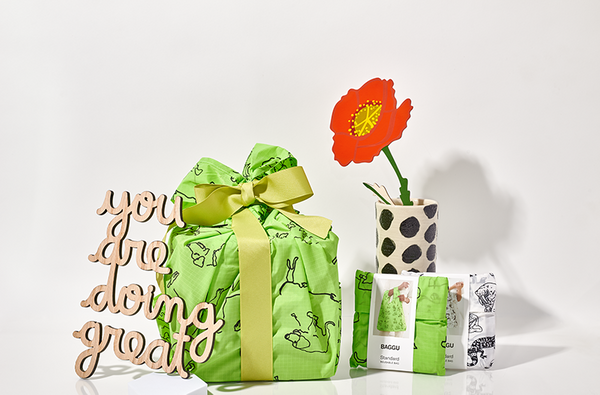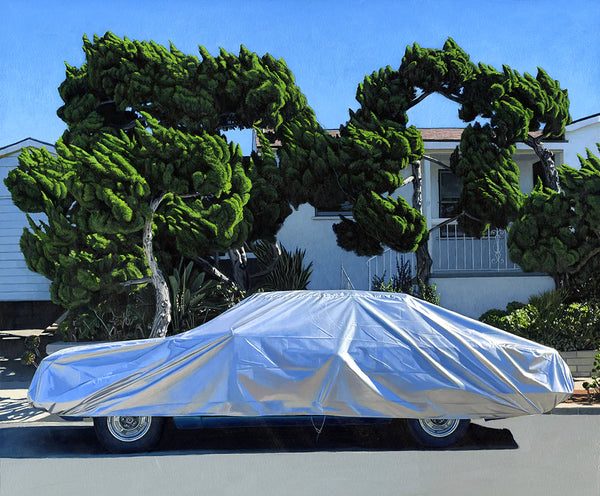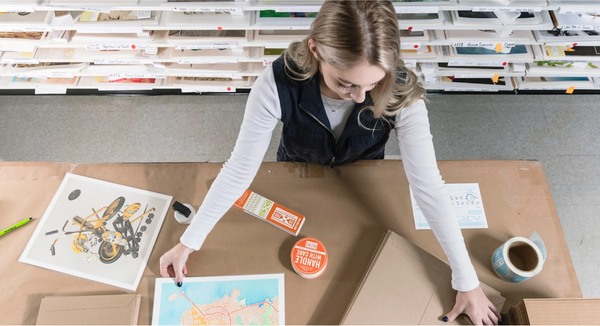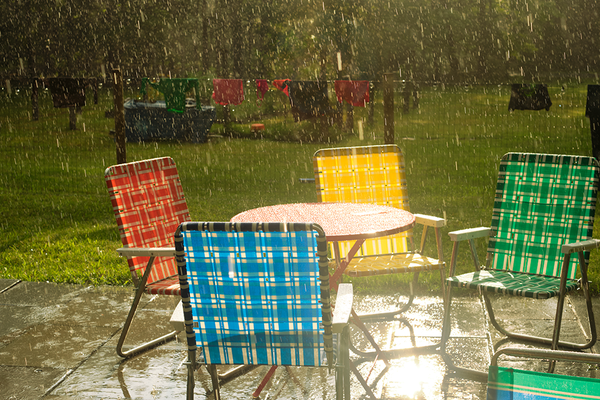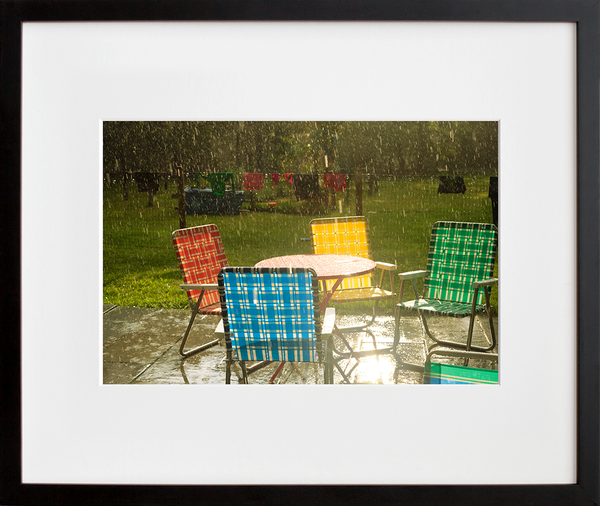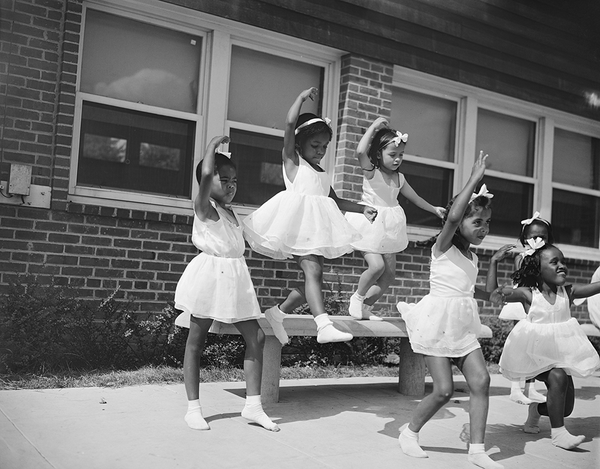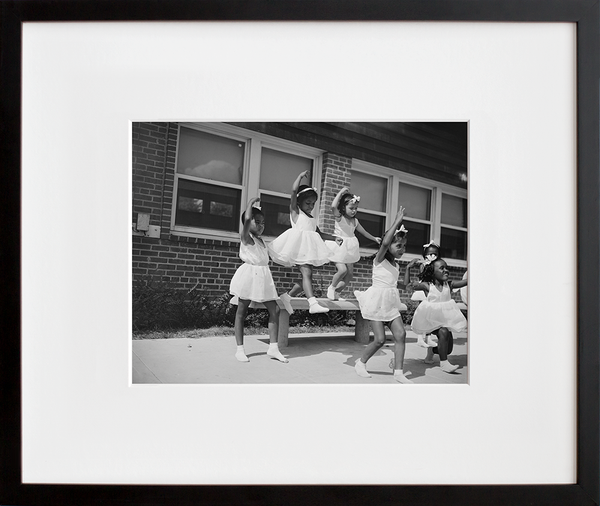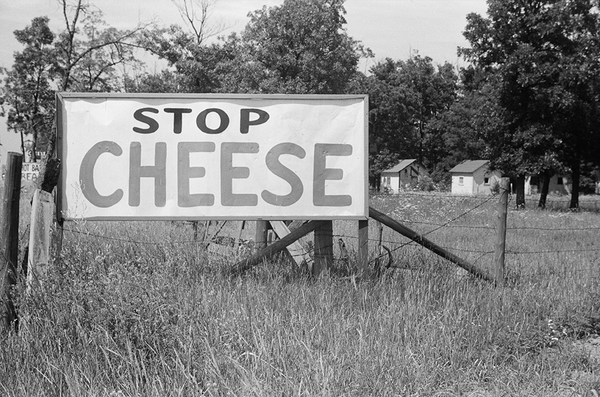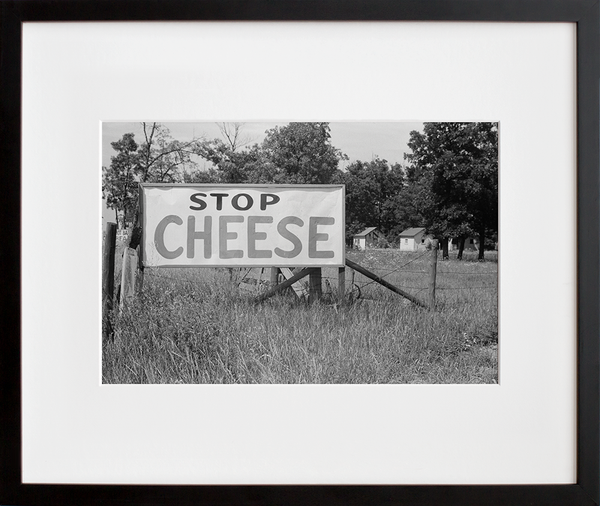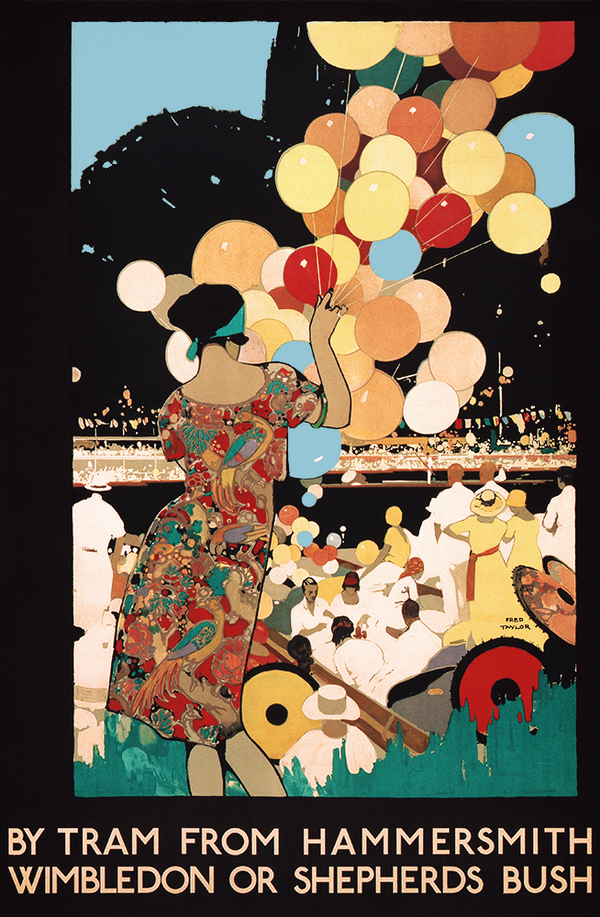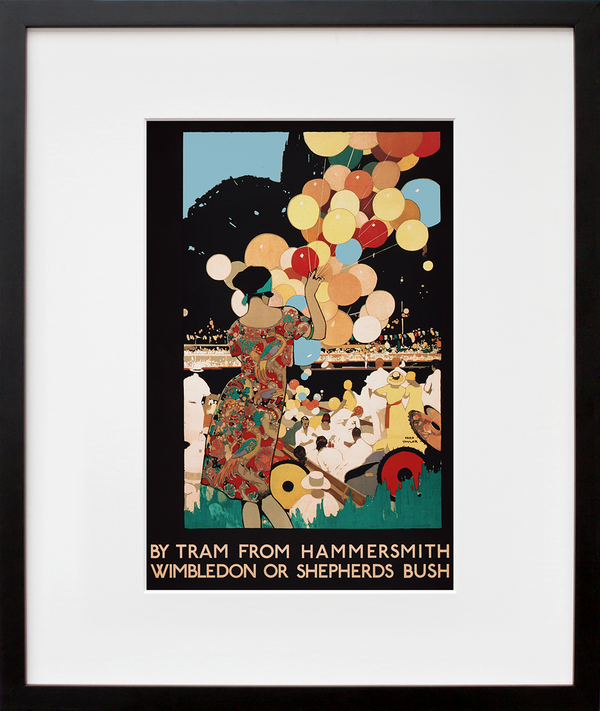
Jitterbugging in Negro juke joint, Saturday evening, outside Clarksdale, Mississippi + A Negro going in the Entrance for Negroes at a movie theater, Belzoni, Mississippi (pair) by Marion Post Wolcott
8"x10" (set of 2) ($50) | 11"x14" (set of 2) ($100)
It's truly an honor to have our guest contributor, John Edwin Mason, introduce this important and, yes, iconic pair of Marion Post Wolcott images today. The presentation of this pairing is the direct result of an exchange JEM and I had on Twitter as the horror of the Emanuel AME Church shooting unfolded in real time on that sad, terrifying June evening. Back then, John answered my "What can I do?" frustration with a most welcome and logical suggestion to "find & show us art that challenges, reconciles, moves us forward." As evidenced by that shooting and myriad other events that have made headlines recently, our ugly history with regard to race matters is still very much with us today. It is my hope that looking back might help us move forward, and I'm grateful to JEM for the thoughtfulness and time he's devoted to selecting this pair of striking images that are both moving and meaningful. – Jen Bekman
Eighty-two miles of dirt roads and no more than a month's time separated two of Marion Post Wolcott's most iconic photographs. She made them in Mississippi in the fall of 1939, during one of her long solo swings through the deep South. In the first—A Negro going in the Entrance for Negroes at a movie theater, Belzoni, Mississippi—she transformed a mundane scene into a complex composition with deeply layered meanings. The second—Jitterbugging in Negro juke joint, Saturday evening, outside Clarksdale, Mississippi—captured a moment of sheer exuberant delight. It's a much simpler image than the first, but just as powerful.
Wolcott was in Mississippi on an assignment from the photographic unit of the Farm Security Administration [FSA]. She seems to have spent most of a sunny October or November afternoon in Belzoni looking for good pictures and not finding them. A Negro going in the Entrance for Negroes at a movie theater, Belzoni, Mississippi stands out because its companions are so mediocre and because it was the only image Wolcott made of the scene. She didn't move around, searching for different angles. She didn't try alternative camera settings. It stands alone, and it's damn near perfect.
The photo's crisp geometry is its most obvious strength. There are two planes. A lighter one is broken up by the black diagonal line that defines the staircase, a pair of doorways, a ladder and its shadow, and the silhouette of a man, climbing the stairs. The flamboyant graphics of a Dr. Pepper ad dominate the darker plane. Signage abounds, and the most significant is by no means the most prominent. Off center to the left, lettering reads "Colored Adm. 10¢." Below it, "White Men Only" is stenciled on a doorway. The man on the staircase, then, is an African American, moving toward the "colored" entrance and away from the whites-only toilet. Wolcott’s image is about many things at once -- the interplay of light and shadow, the petty humiliations that black Southerners endured, the hierarchy of race that ensured that some people would pick the cotton and that others would reap the profits.
According to her biographer, Paul Hendrickson, Wolcott once called Jitterbugging in Negro juke joint her favorite: "I think it says the most about me, about what I was trying to do and trying to say." We're so used to thinking of Mississippi juke joints as tourist attractions, that it's hard now to imagine how unlikely it was for a young white woman to simply enter one in 1939, let alone make a photo like Jitterbugging in Negro juke joint. It was more than unlikely; it was dangerous. At a time in American history when lynchings—for trying to vote, for looking at a white woman the wrong way—were still too common, Wolcott's mere presence in a juke joint could have put everyone at risk.
However Wolcott made Jitterbugging in Negro juke joint, we can only be glad that she did. It's an extraordinary, forever frozen moment of youth, grace, and joy. The moment is all. Nothing else about the photo is the least bit memorable. But that moment is more than enough. The moment is universal and at the same time specific to the time and place. It's a reminder that, even in the heart of the Delta and even at a time when civil rights for black Mississippians were but a dream, people were never defined solely by their oppression.
The word "iconic" is overused, but these photos are unquestionably American icons. Their beauty and visual sophistication are givens. What makes them iconic is their ability to show us deep and complementary truths about the experience of race in America. In them we can see reflections of our troubled past and present. Through them we can imagine a more democratic future.
With art for everyone,
John Edwin Mason
More About John Edwin Mason
John Edwin Mason teaches African history and the history of photography at the University of Virginia. He has published extensively on South African social history and the history of photography in Africa. His most recent book, One Love, Ghoema Beat, combined archival research and his own photography to explore the past and present of the New Year's carnival in Cape Town, South Africa. He is now writing a book about the American photographer, Gordon Parks.

